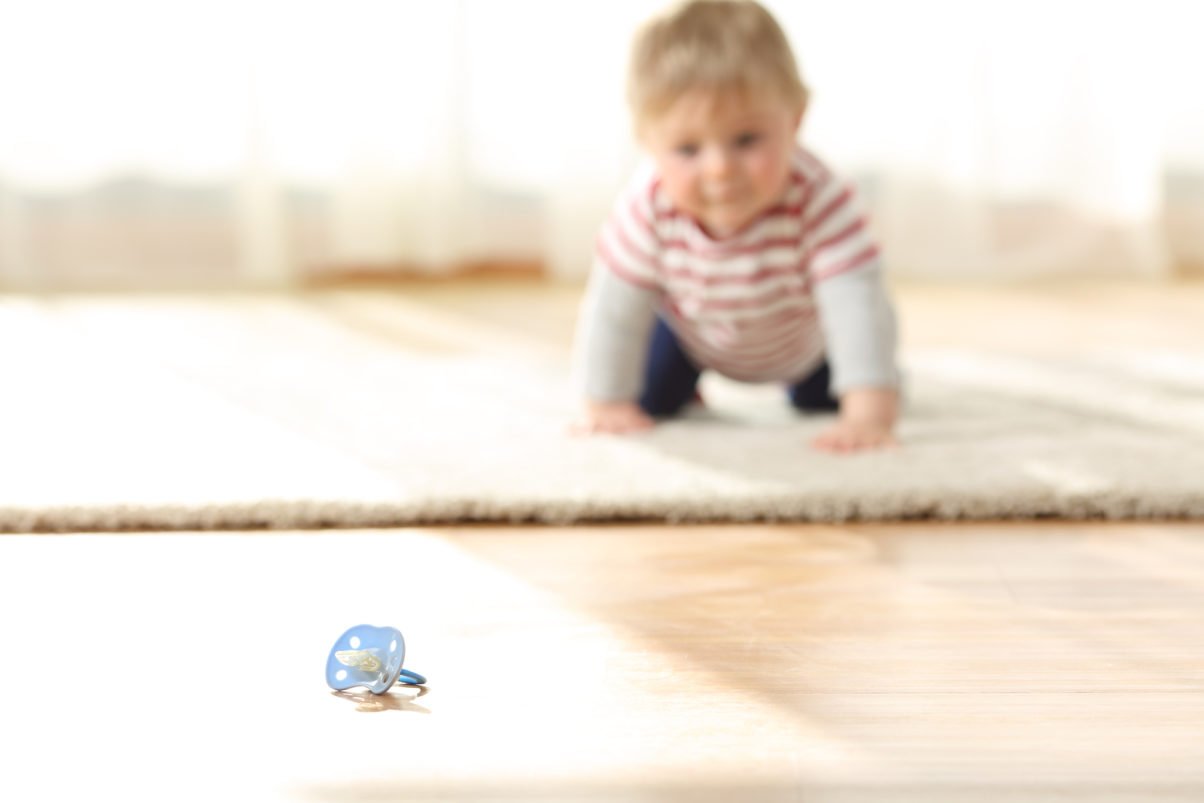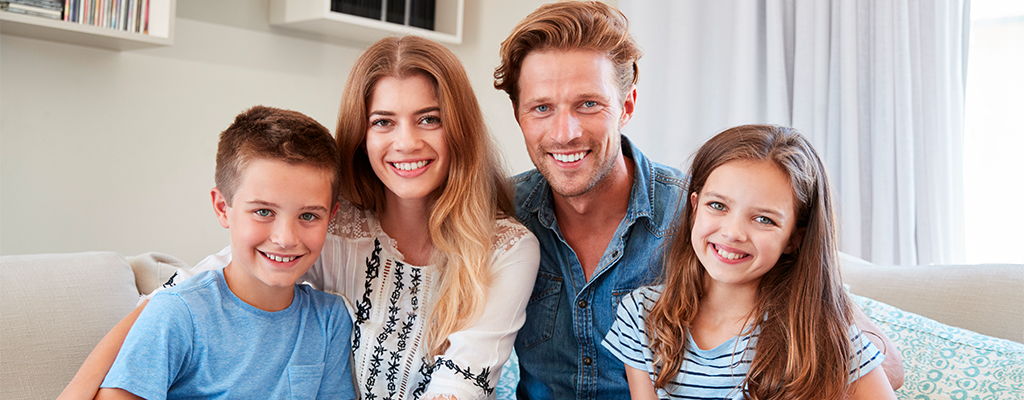Many parents have great difficulty weaning their children off pacifiers, especially if they’ve allowed the child to use his or her pacifier for several years. Unfortunately, the continued use of a pacifier can lead to serious dental problems, requiring extensive treatment. If your child is having trouble letting go of his or her pacifier, here’s what you can do.
Why it Matters
According to the American Academy of Pediatric Dentistry (AAPD), both thumb sucking and pacifier use can lead to developmental issues that cause crooked teeth and jaw alignment issues. In some cases, the over-use of pacifiers can cause changes to the roof of a child’s mouth, while also causing teeth to develop in a way that keeps them from meeting when the mouth is closed. This is not to say that pacifiers are all bad. In fact, according to research appearing in the American Academy of Family Physicians (AAFP), pacifiers can actually have a positive influence on children between one and six months old. As they grow, however, children need to leave their pacifiers behind to avoid developmental risks. Unfortunately, many parents don’t know how to get rid of pacifiers without causing the children to become fussy or emotionally distressed.
Pacifier Alternatives for Toddlers
If you are struggling to get your child to give up a pacifier, these strategies can help: Trade up. When children seem physically and emotionally attached to their pacifiers, it’s hard to imagine any scenario where they willingly trade them in for something else. It’s important to remember, however, that a child’s mind works differently than that of an adult. One of the best ways to get children to give up their binkies is to give them attractive alternatives. Take your child to the store and allow him or her to pick out a favorite toy. Explain that the child won’t be able to take the toy home unless he or she is willing to offer the pacifier in exchange. If you think you will have trouble sticking to your guns, ask a store clerk to play along and explain that this particular toy costs one pacifier. Teach self-soothing. From an early age, you should focus on teaching your child how to self-sooth using tried-and-true methods. Teach the child to focus on happy thoughts, favorite stories or fun activities, whenever he or she feels the urge to suck. If the child needs something to do with his or her mouth, encourage singing or talking. Whatever you do, avoid replacing a pacifier with other sucking activities, whether it’s candy, a Popsicle or thumb. Keep a journal. Before you attempt to wean your child, write down the circumstances or times of the day that appear to prompt the need for the pacifier. See if you can identify any connections between specific situations or moods and the child’s urge to suck. Once you target these instances, be on the lookout and try to intervene with alternative strategies that will distract and relax your child. Remember that weaning from an attachment object should not mean the loss of a relationship, but a transition from one relationship to another. Whenever parents wean children from any physical or emotional attachment, they should focus on providing an equally desirable substitute.


 Previous Article
Previous Article

